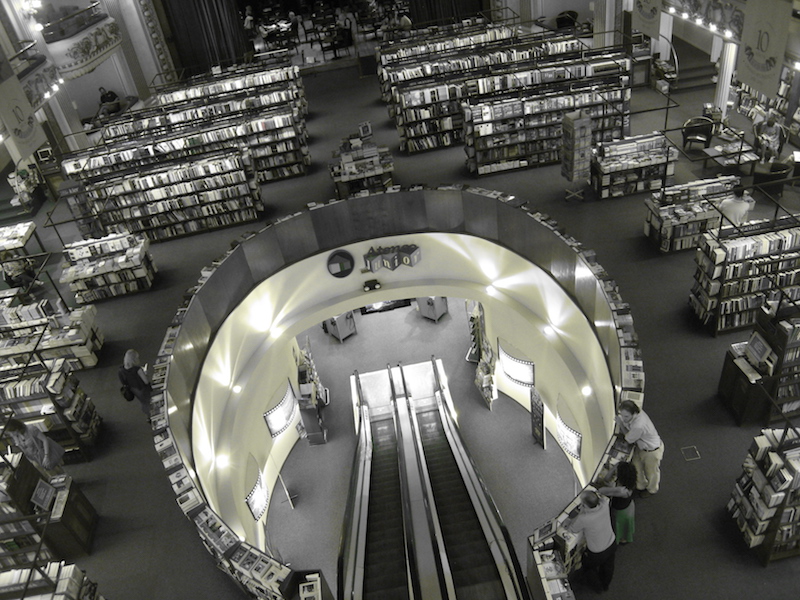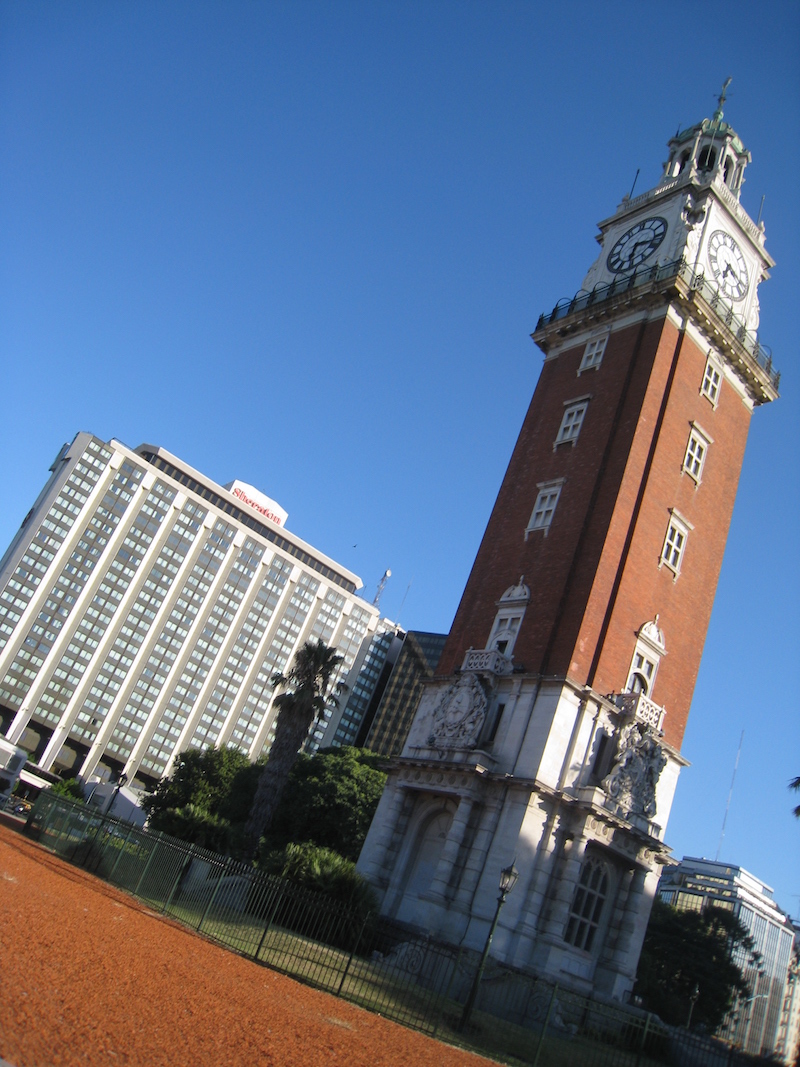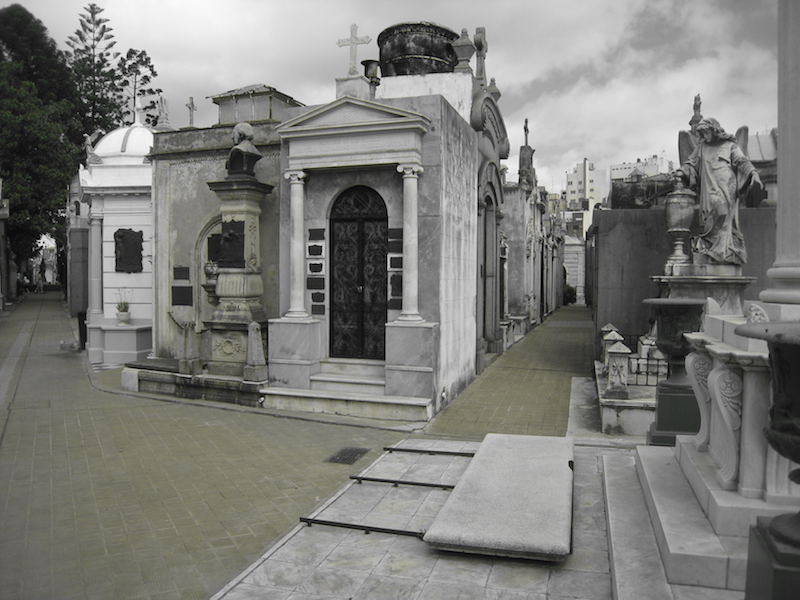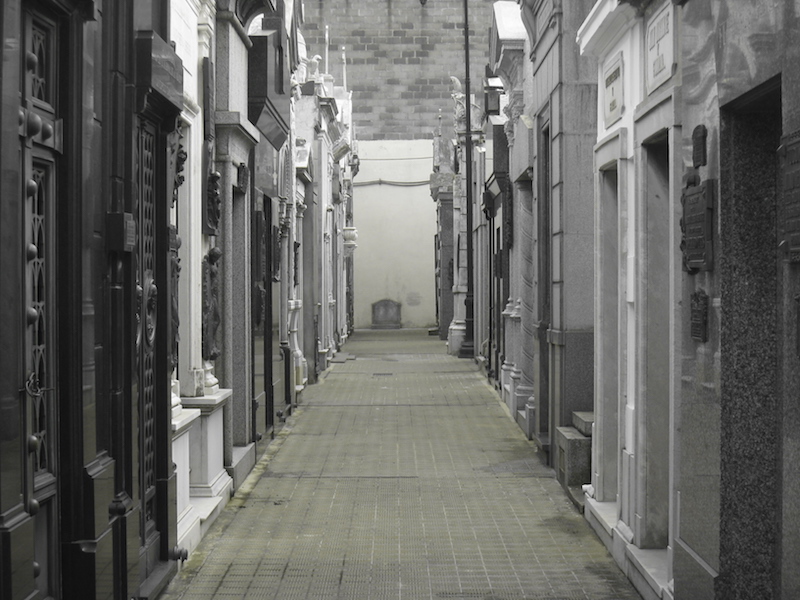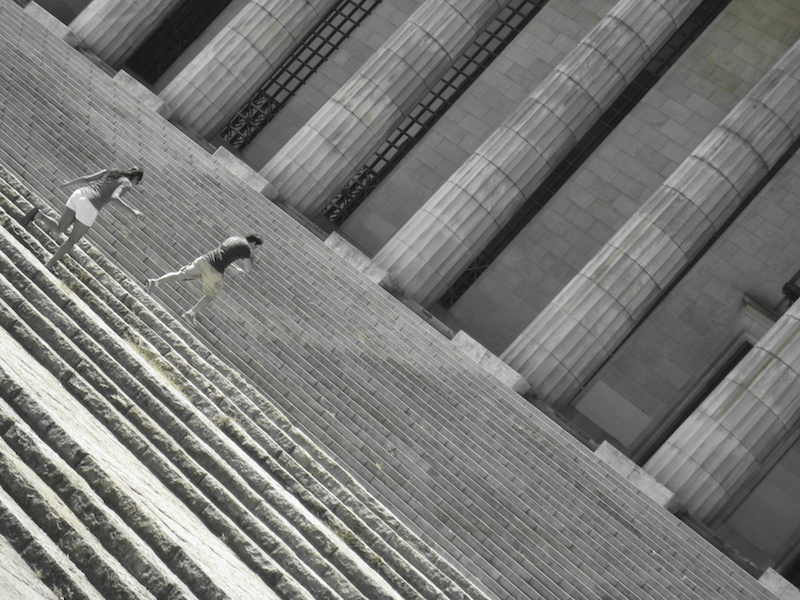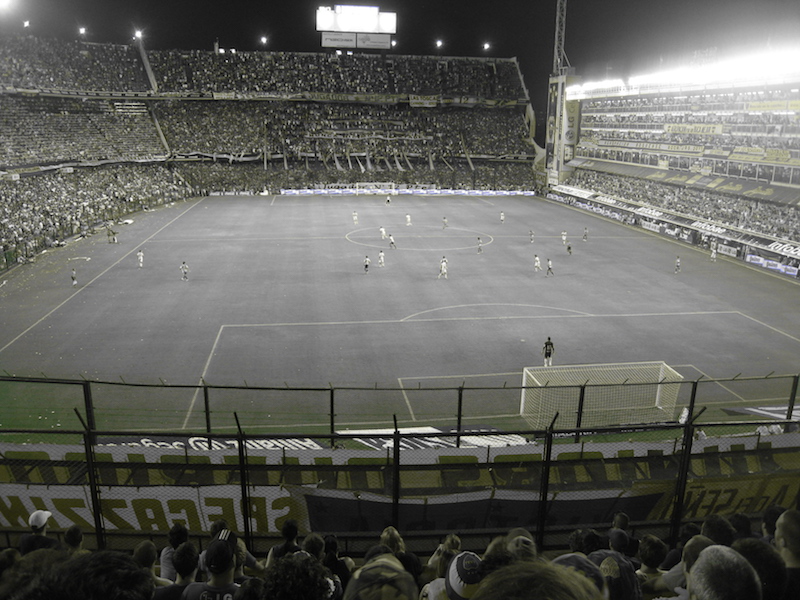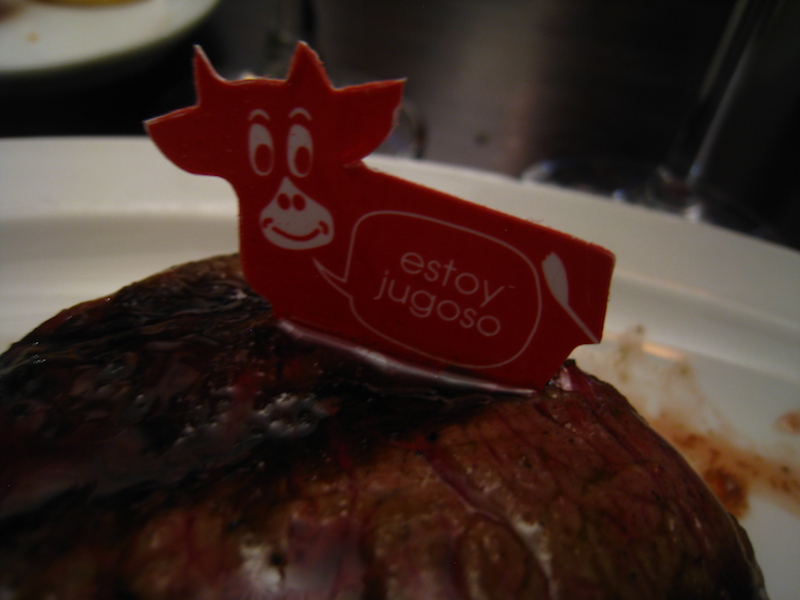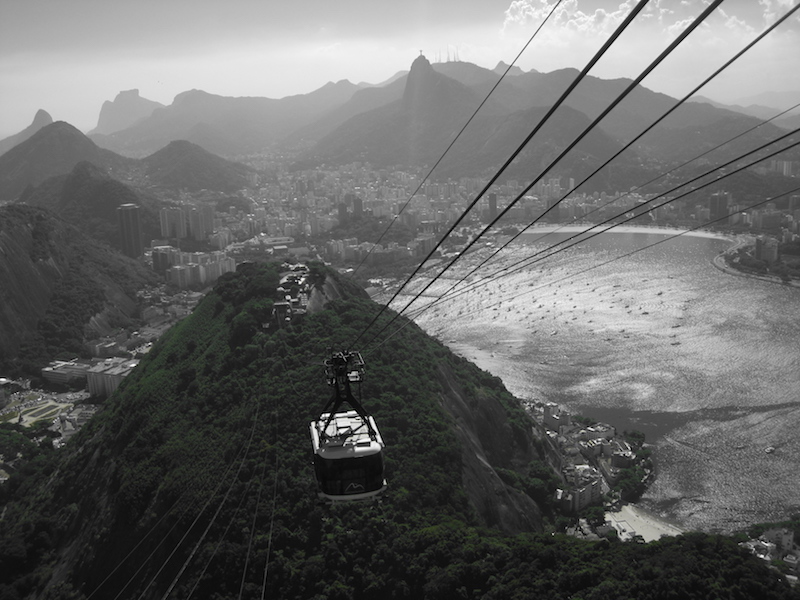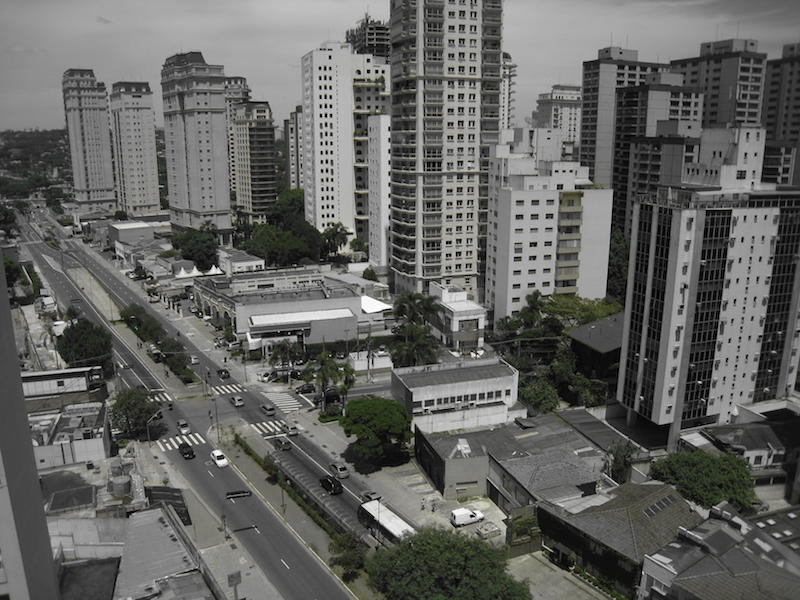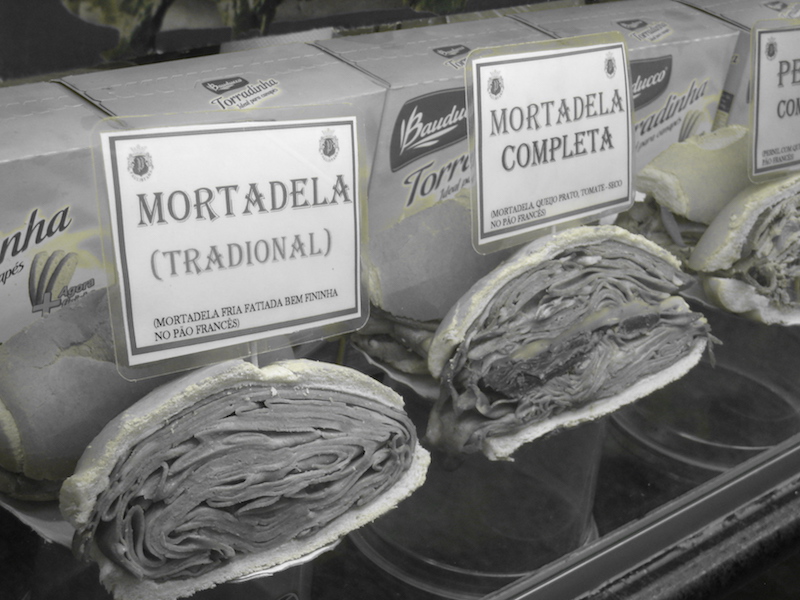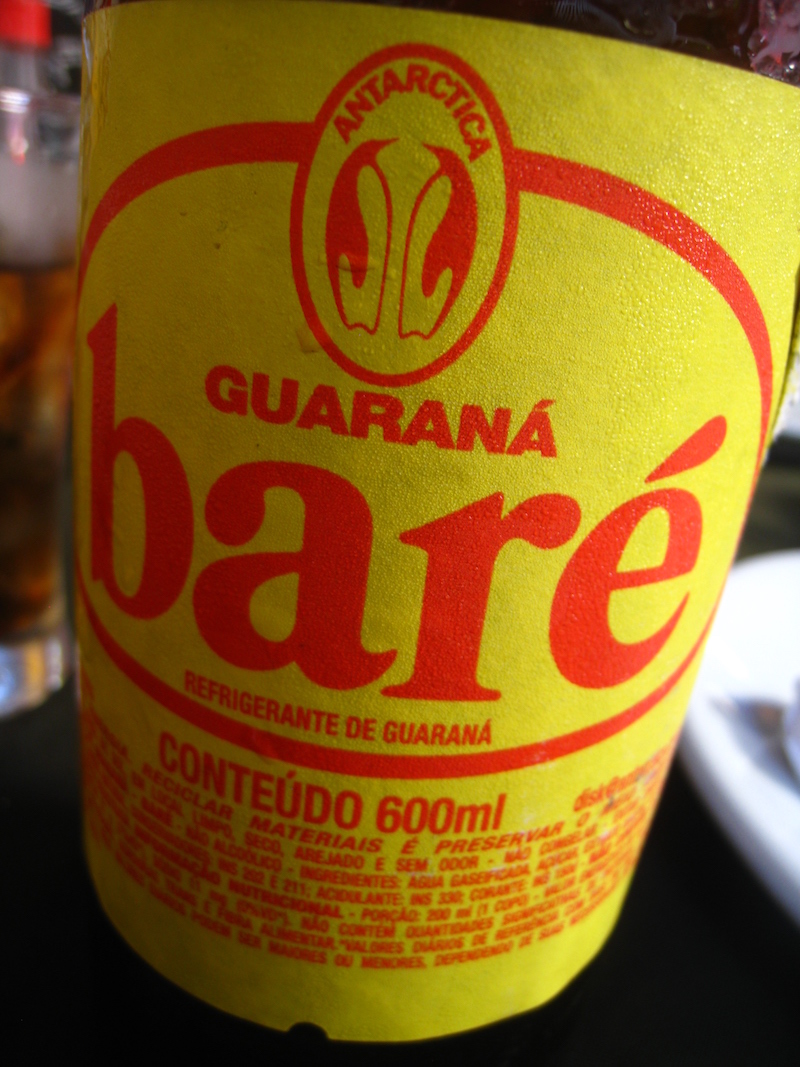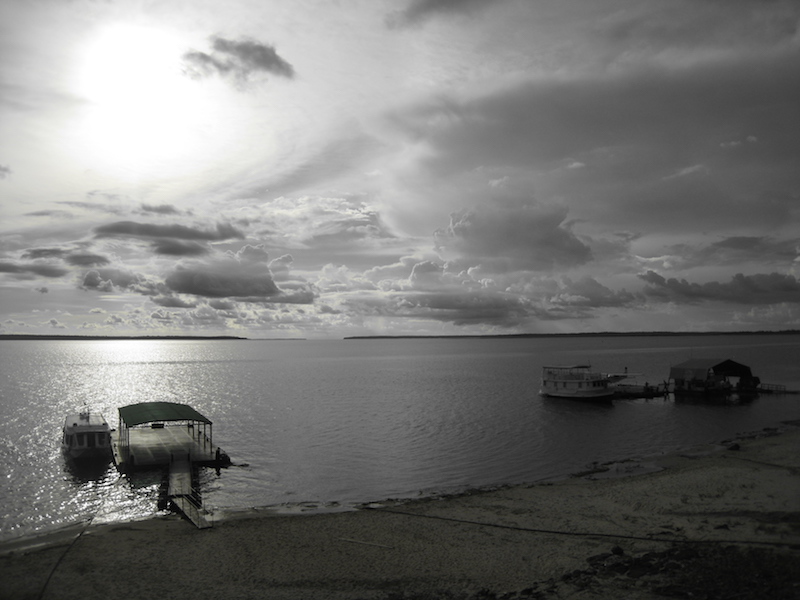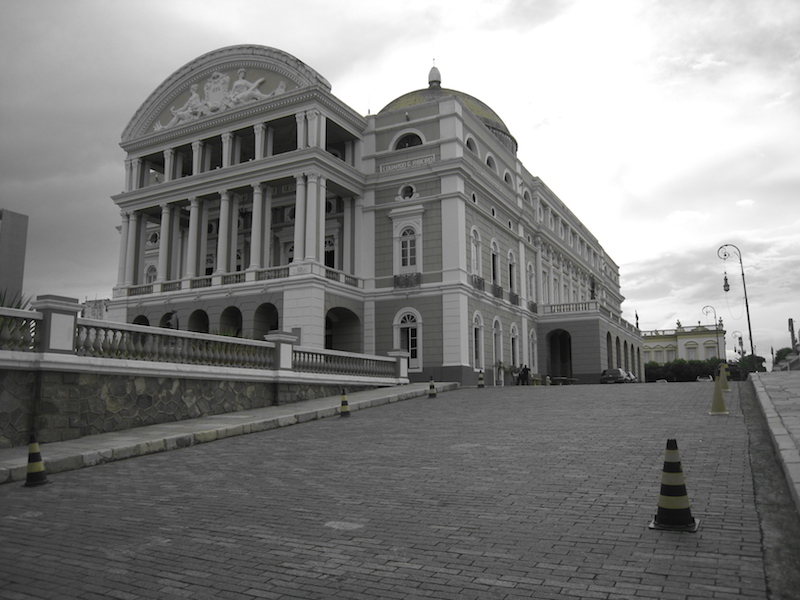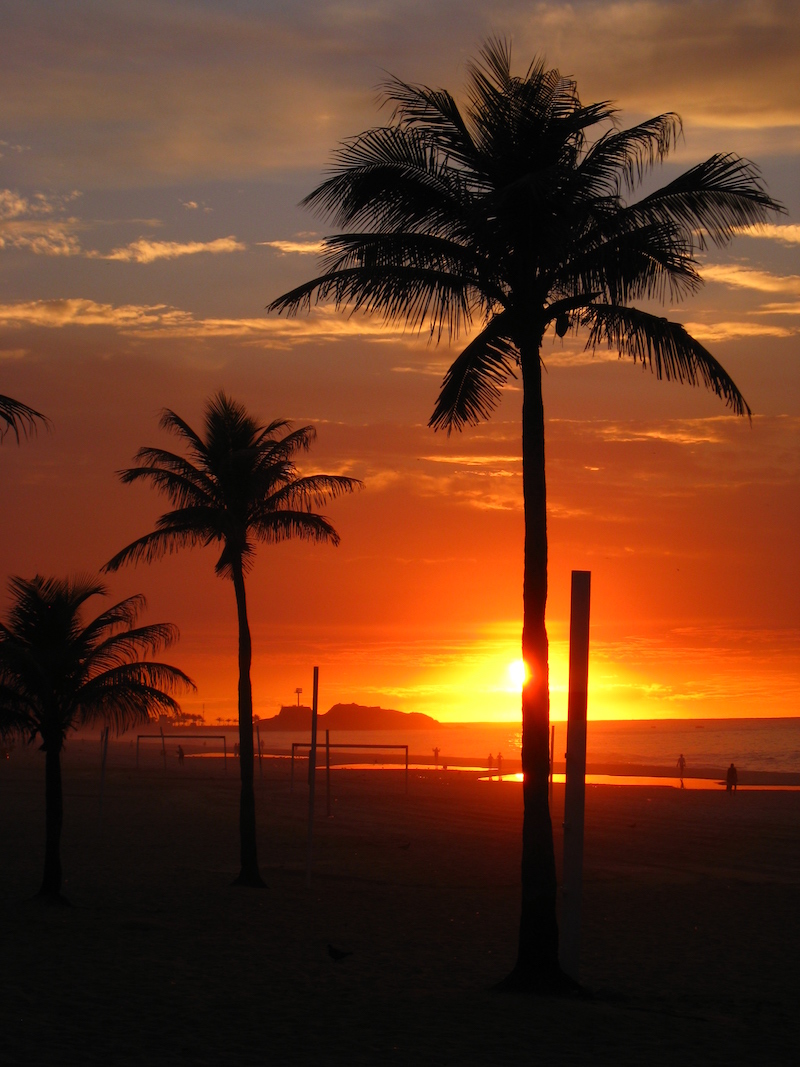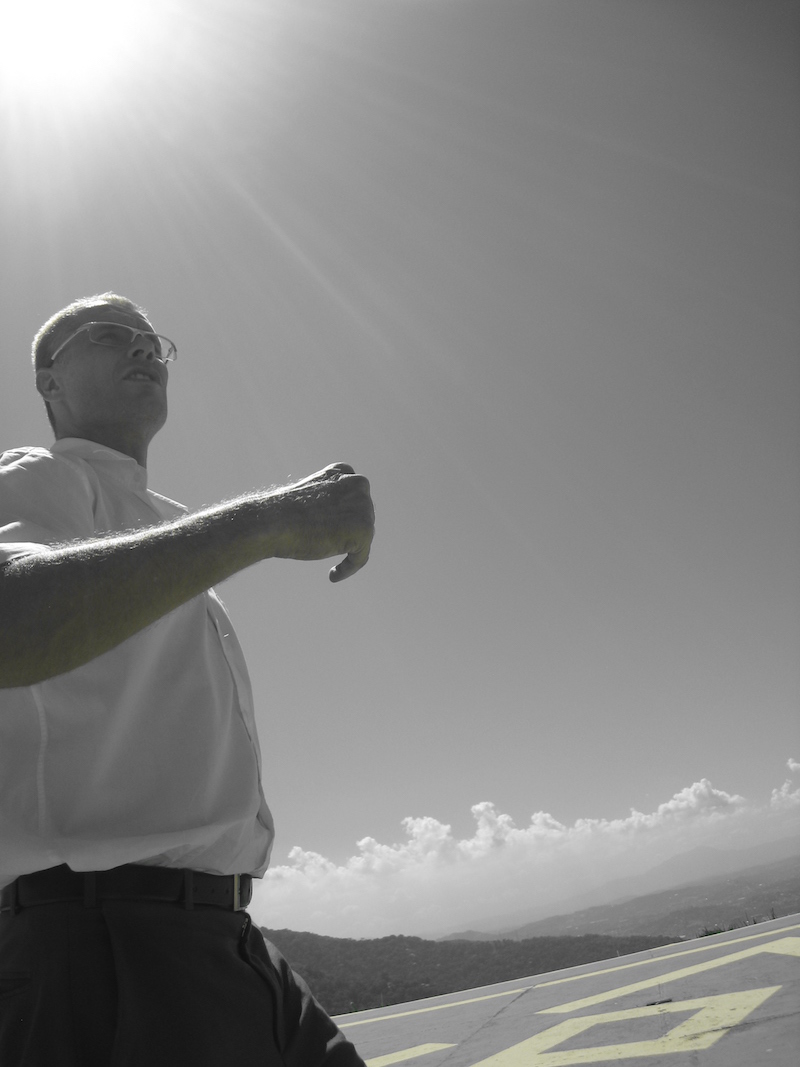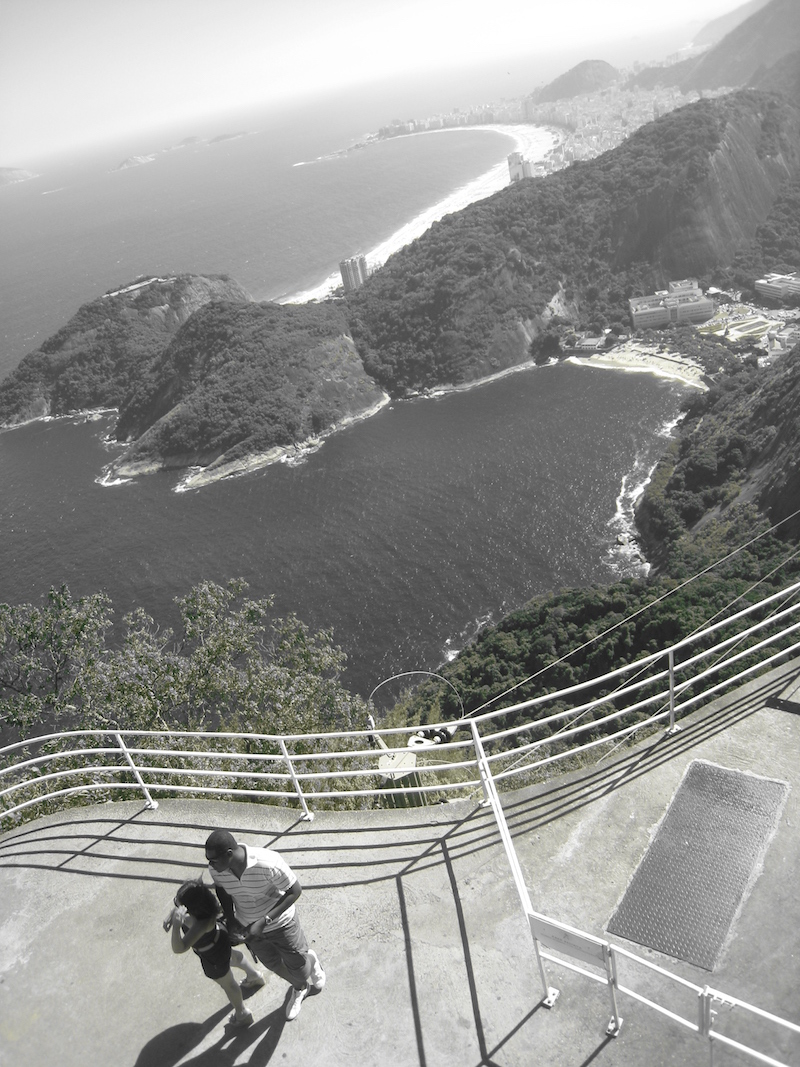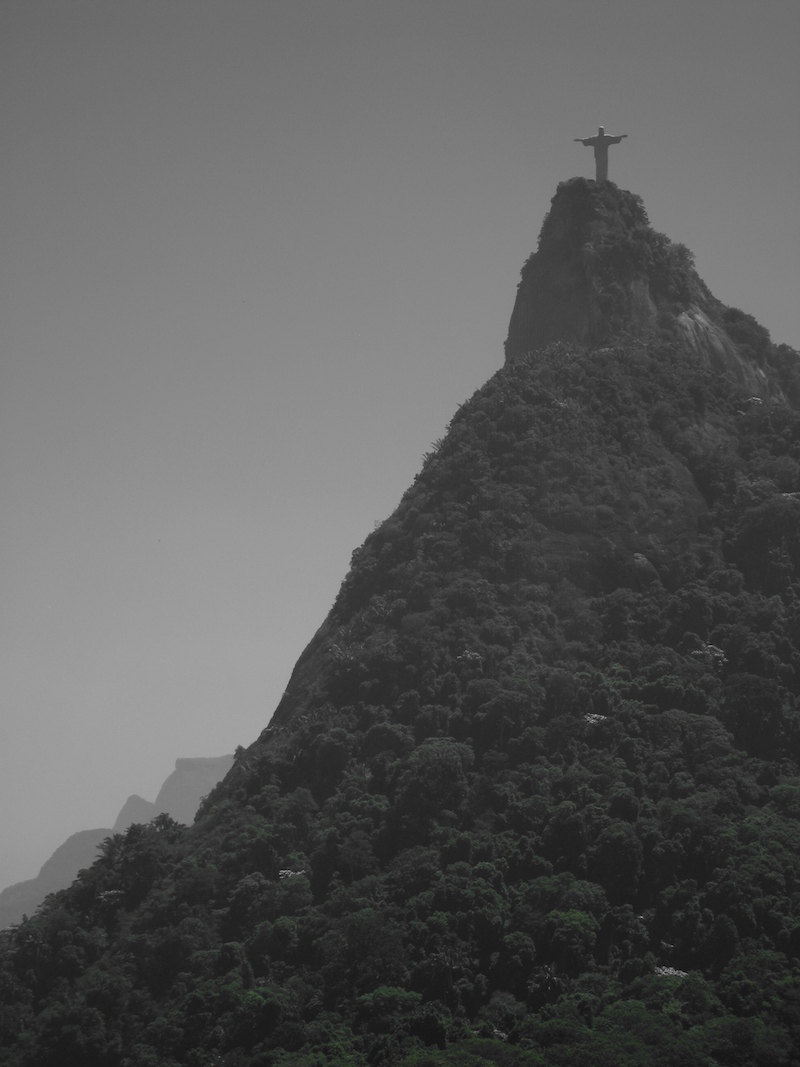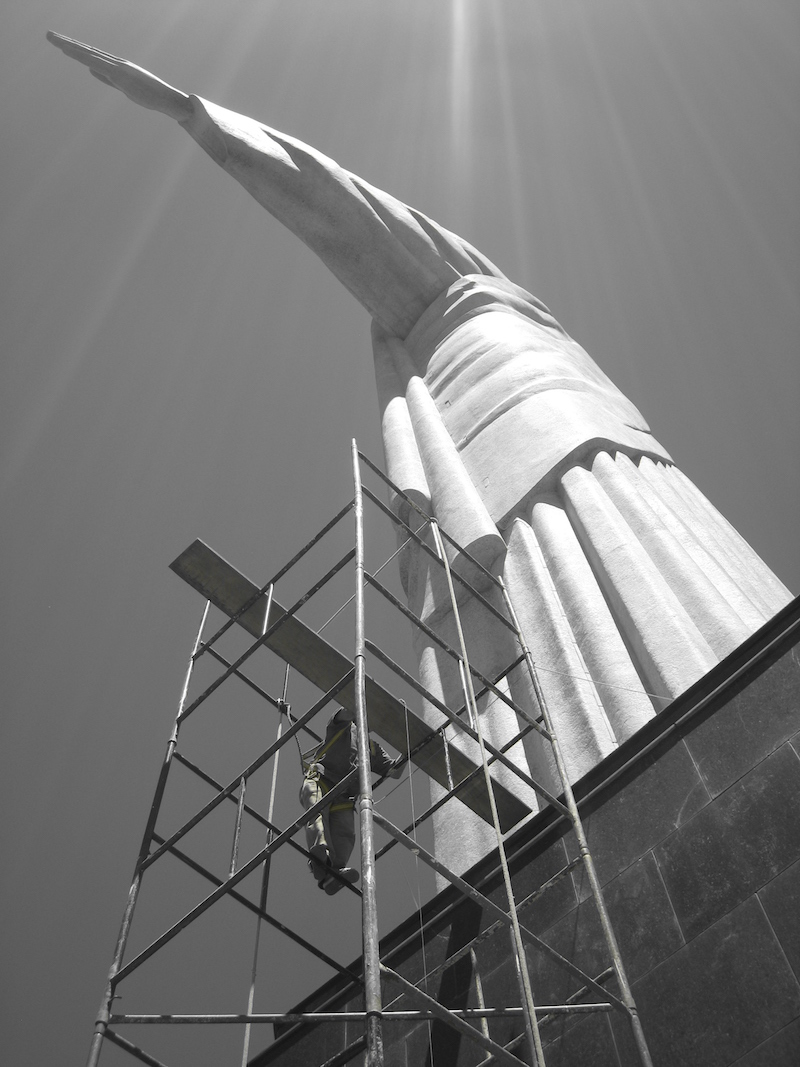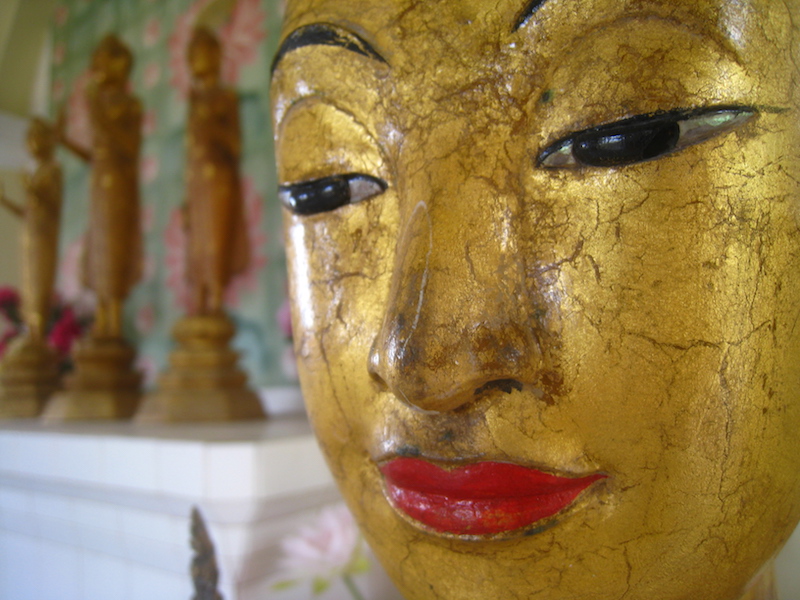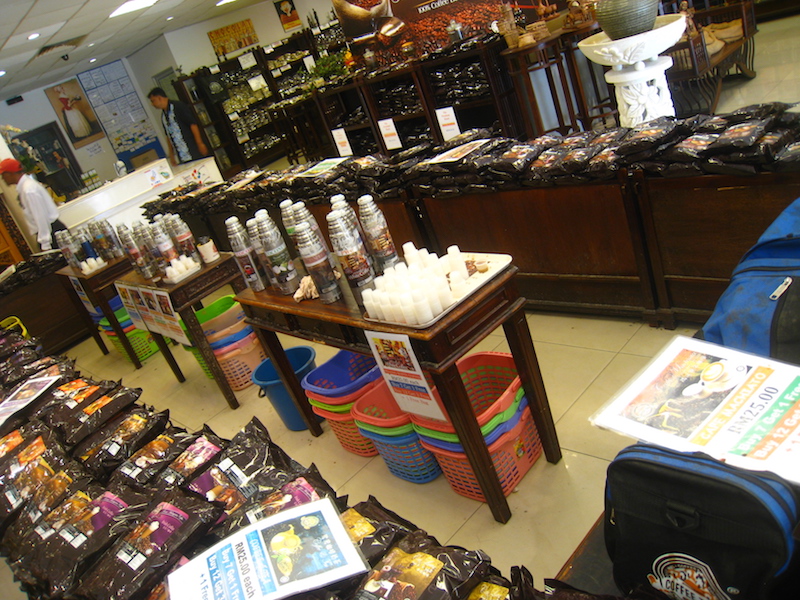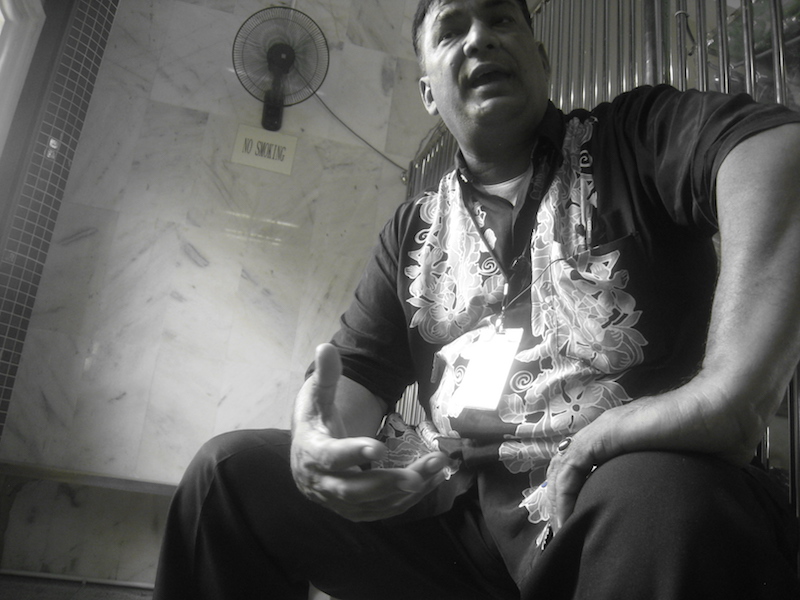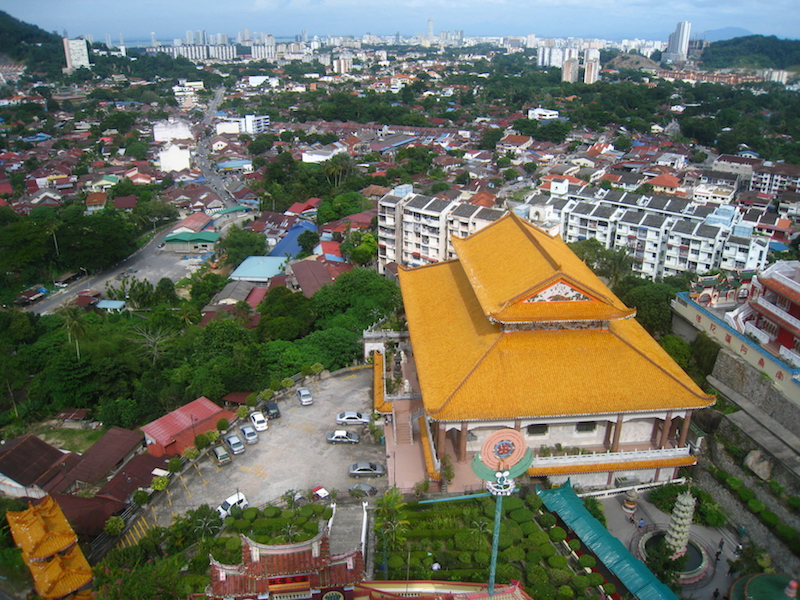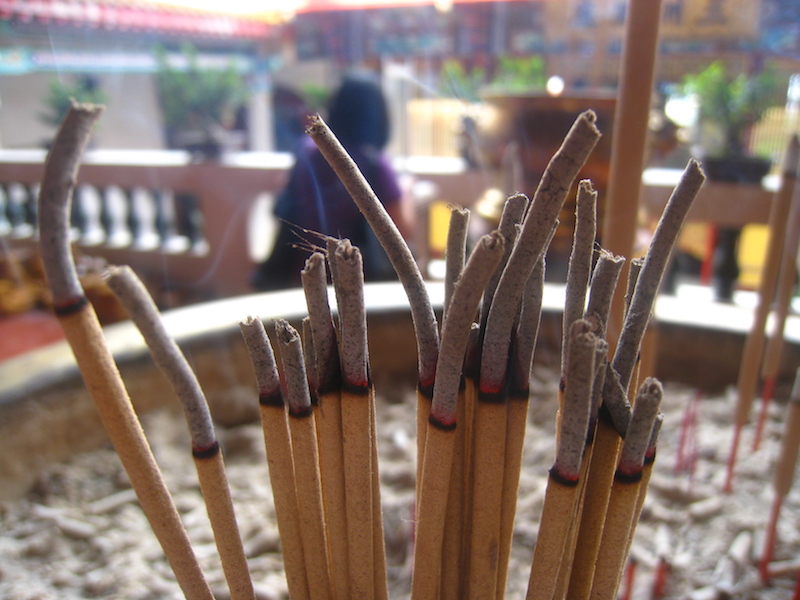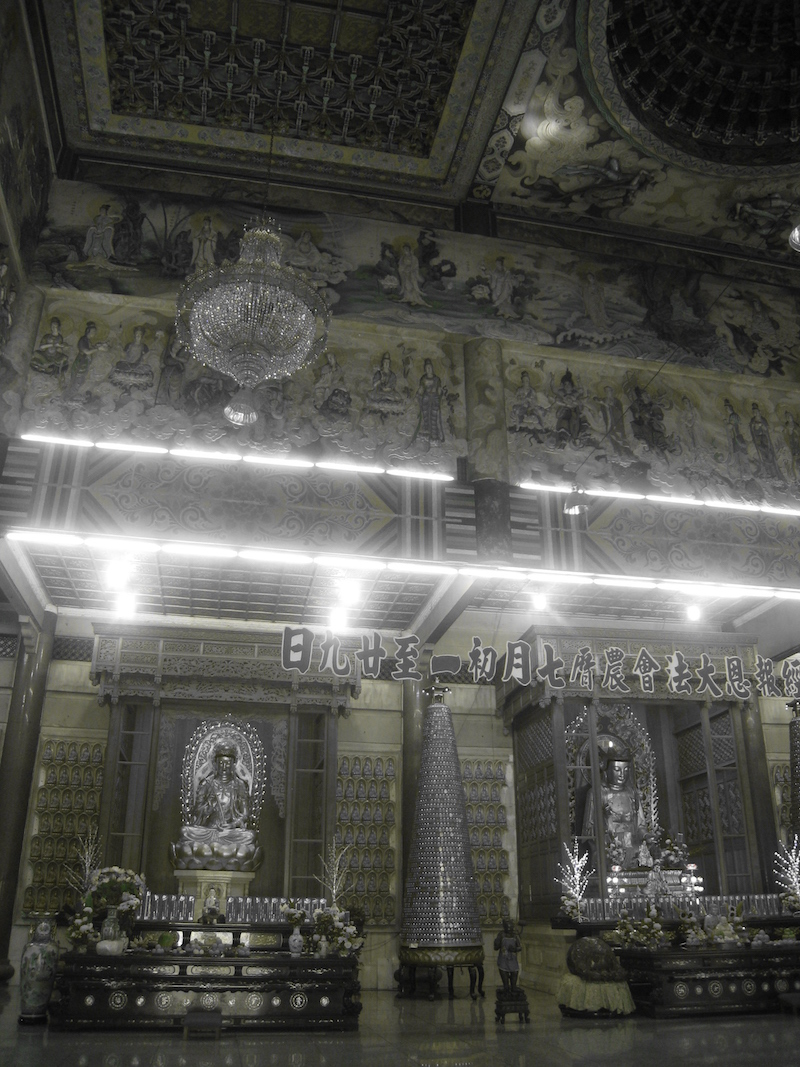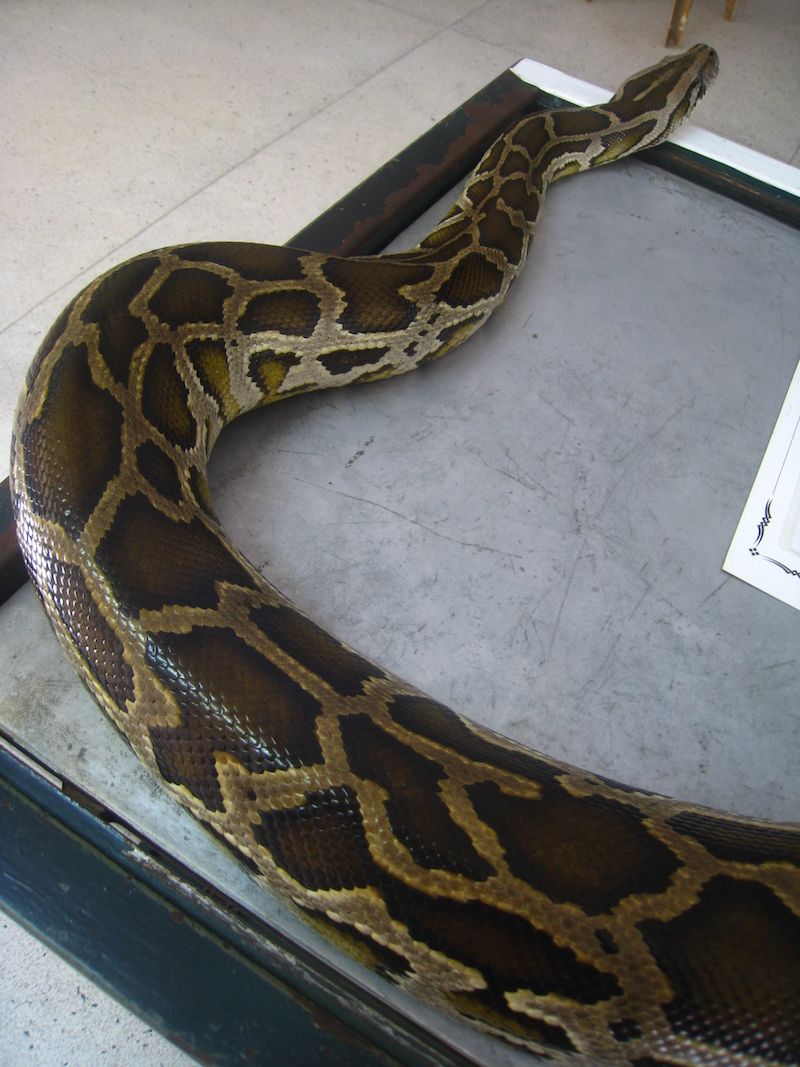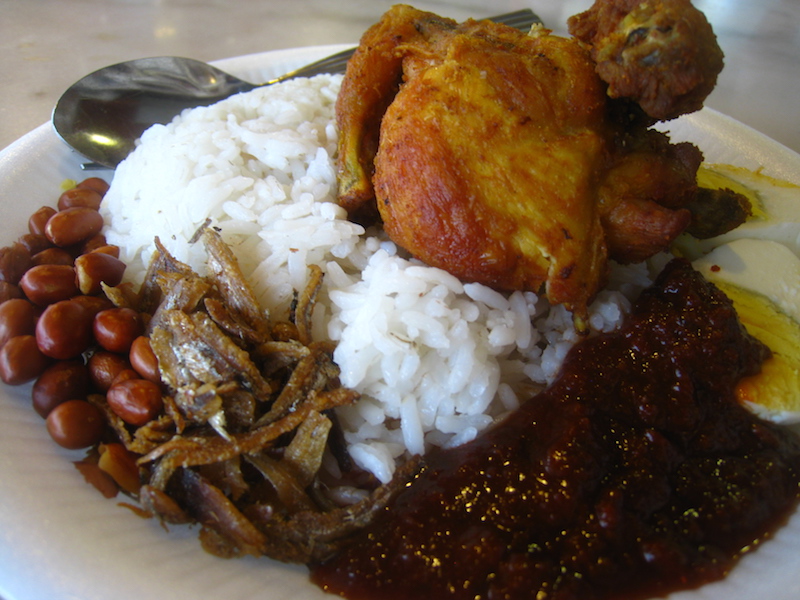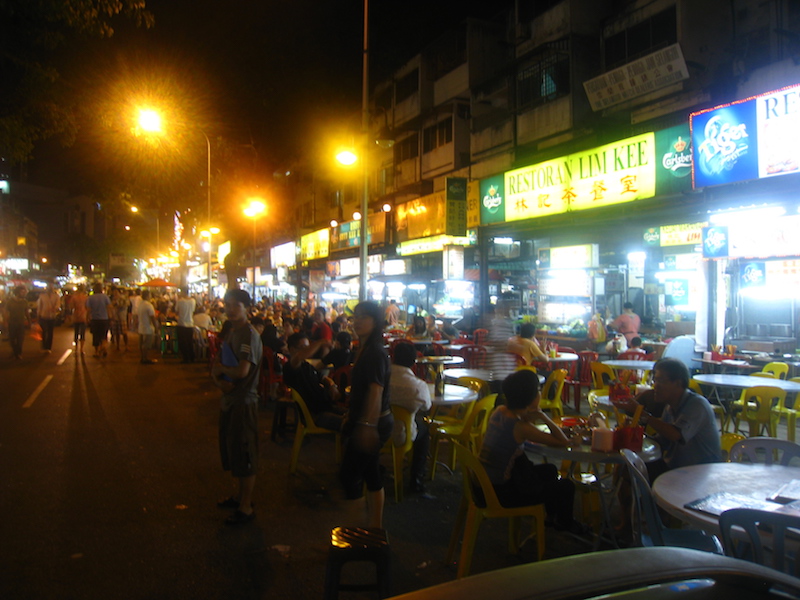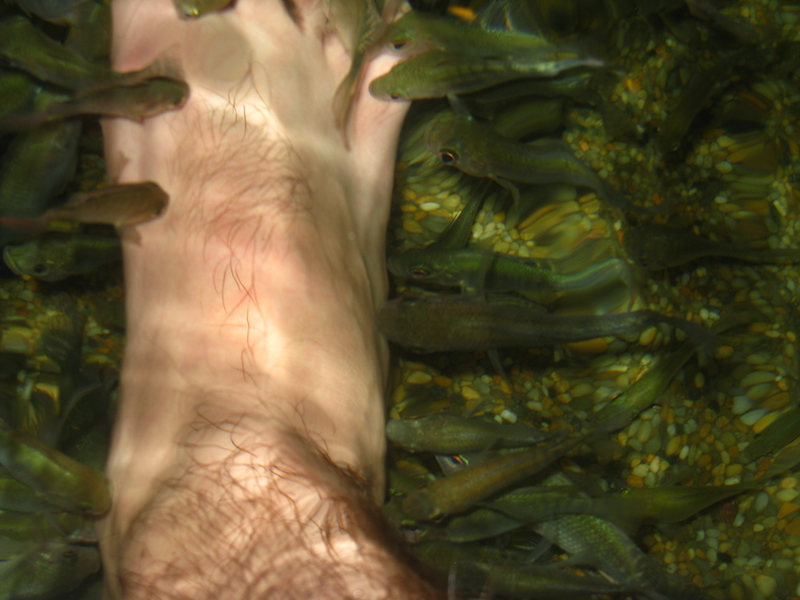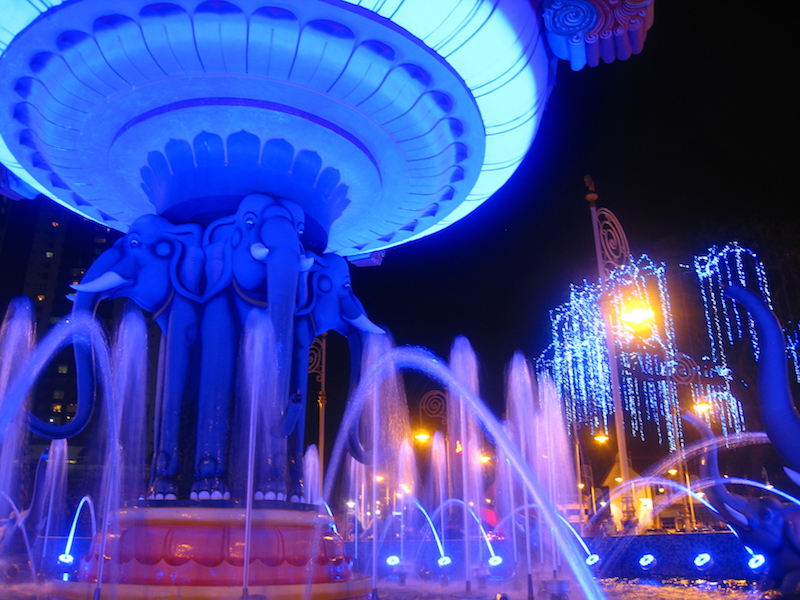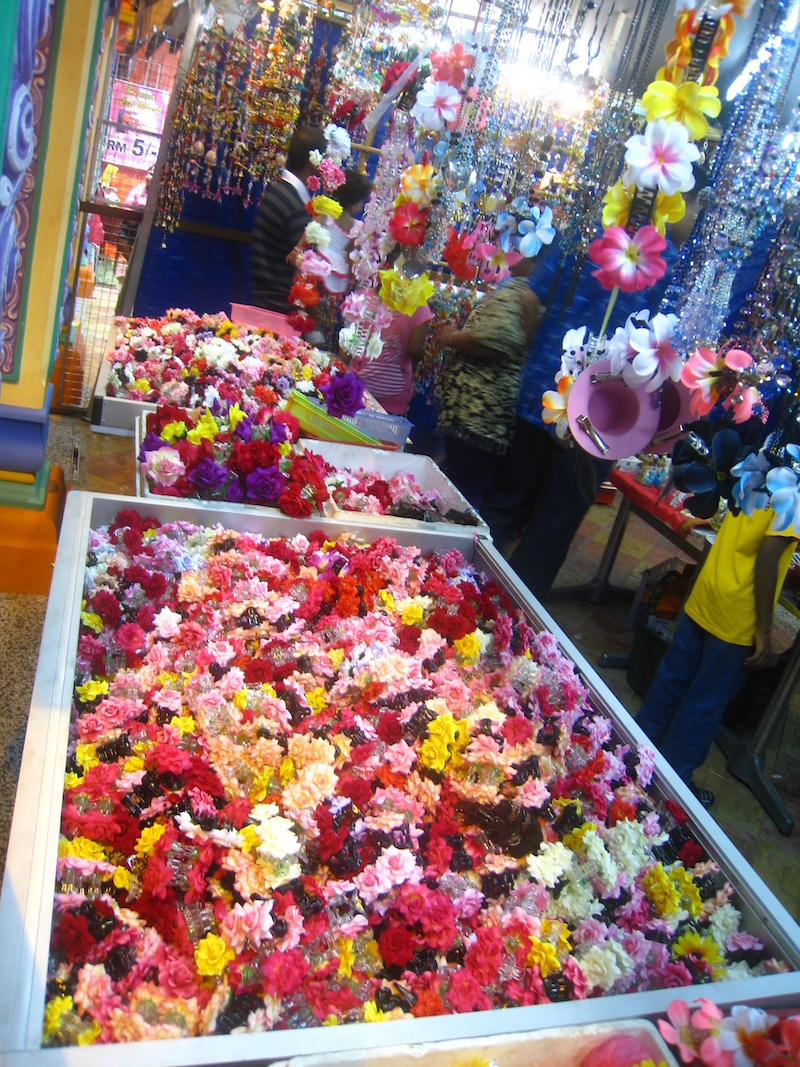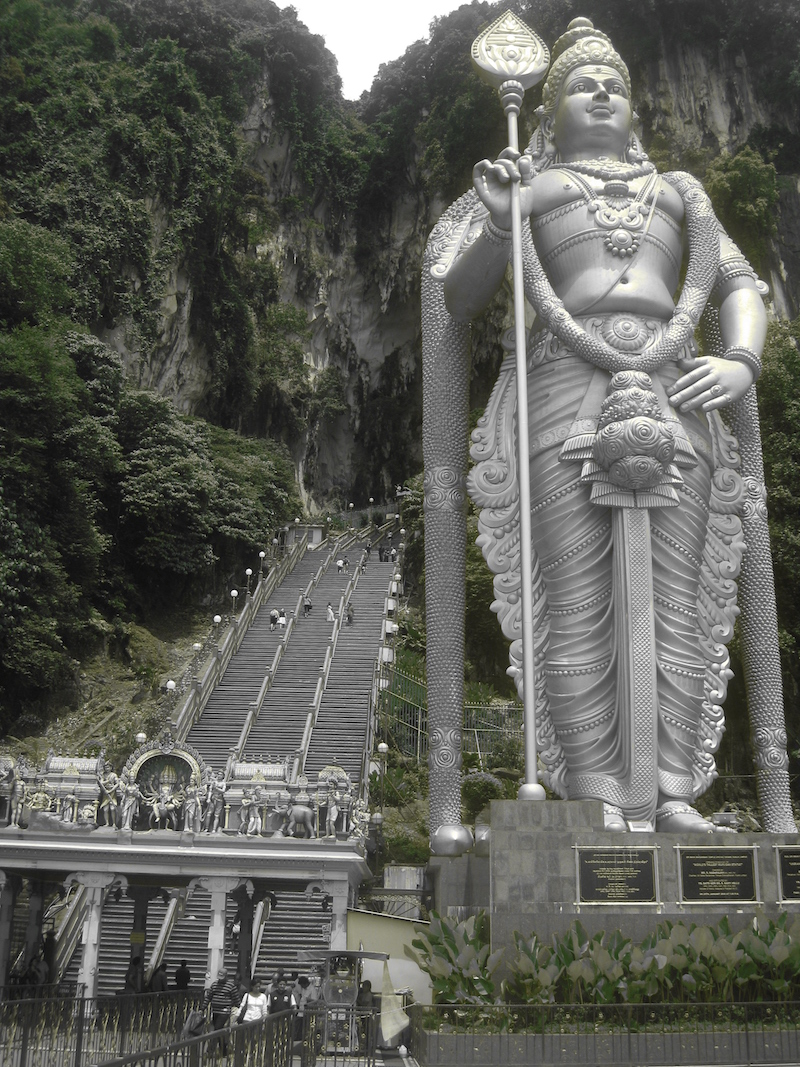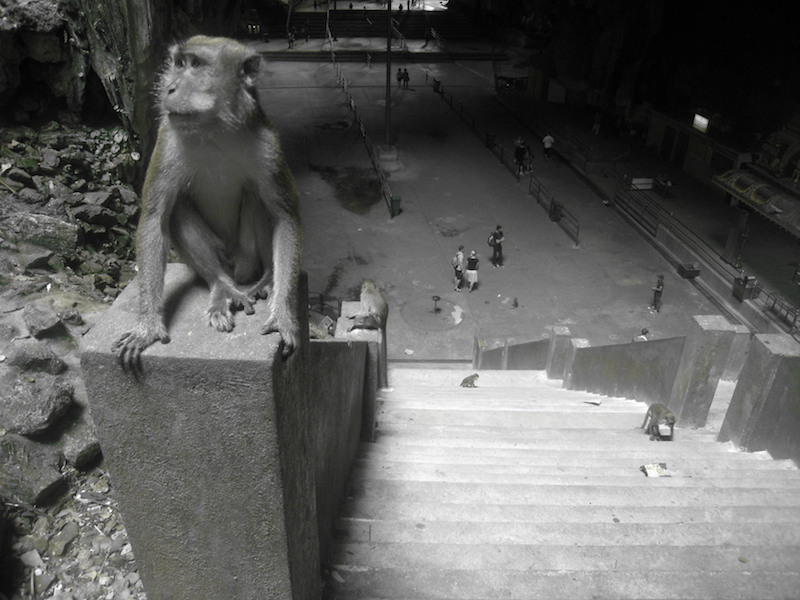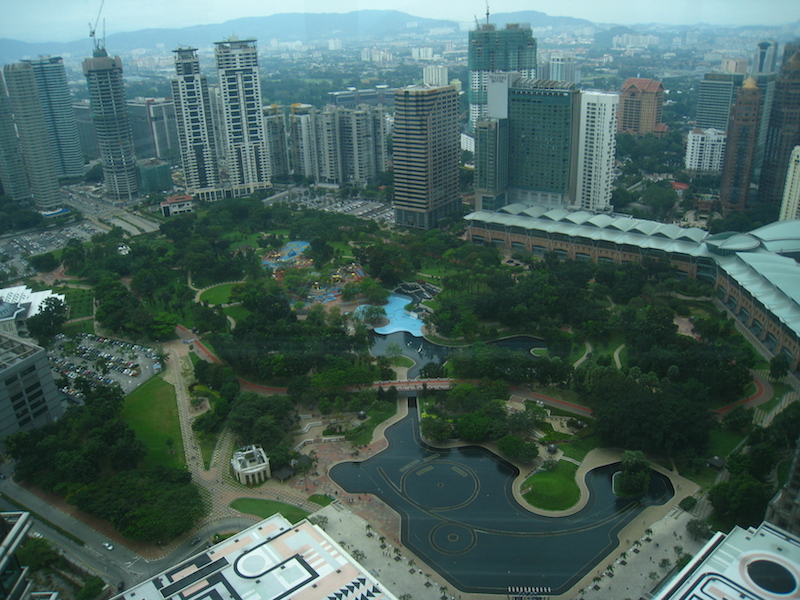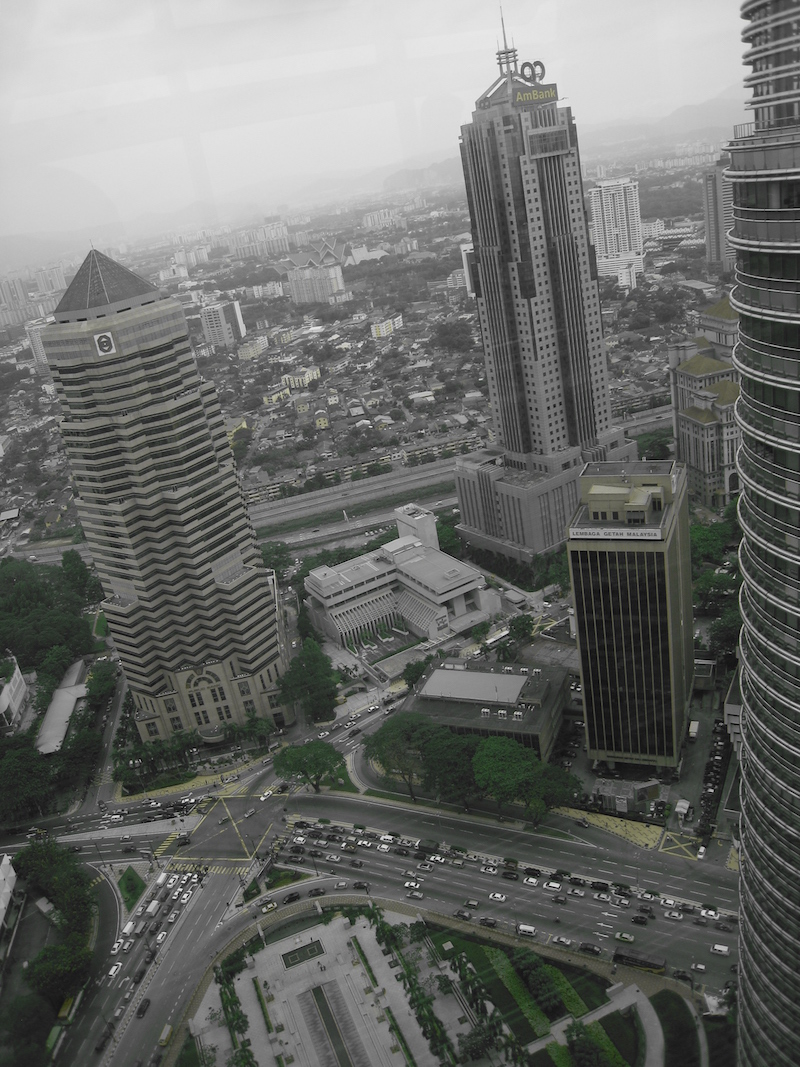Snuggled up against the Alps, Switzerland is bordered by Germany, France, Italy, Austria and Liechtenstein. Not only is it one of the richest countries in the world according to GDP, but it also has the highest wealth per adult of any country in the world.
It’s two largest cities, Zürich and Geneva, have been ranked as having the second and eighth highest quality of life in the world.
But Lana and I weren’t there to visit the cities.
We had a specific mountain village in mind, Mürren.
From Zürich, we traveled by way of Berne and Interlaken to Lauterbrunnen. At Lauterbrunnen, we connected to an aerial tramway that quickly climbed its way up the side of a cliff, presenting a spectacular, storybook view of the Lauterbrunnen Valley.

Mürren is a traditional Walser mountain village, unreachable by public road. The village sits atop a jaw-gapingly steep crest of the Lauterbrunnen Valley, offering unparalleled views of the Bernese Oberland. The towering peaks of Eiger, Mönch, and Jungfrau proudly jut out from the Swiss glaciers, briefly revealing their peaks when the weather is clear.
It’s one of my favorite places on Earth.
And for the few hundred active BASE jumpers in the world, the Lauterbrunnen Valley is a paradise of easy access and multiple exit points. There are sixteen distinct jump spots for BASE jumping, conveniently rated for their tracking and wingsuit difficulties here. Don’t think I’ll need to consult that list anytime soon.
We watched BASE jumpers exit the aerial tramway and jog down a nearby hill. Last year, 13 people died BASE jumping just in the Lauterbrunnen Valley.

Later that morning, we took the Jungfraubahn up and around the valley to Kleine Scheidegg, hopping off the train and donning our backpacks.

From Kleine Schiedegg, we hiked 4-5 hours up to the base of the Eiger’s north face, one of mountaineering’s most iconic climbs and a challenging and sometimes fatal feat even for the world’s best mountaineers. The Eiger’s concave face occasionally punched through the clouds, presenting a stark and imposing landscape.

That night we celebrated with one of Switzerland’s heartiest dishes, Raclette.
Raclette cheese is melted in front of an open fire. Someone regularly scrapes off the melting side of the cheese, serving it with small, firm potatoes, gherkins, pickled onions and sometimes dried meat.

The next day, we hiked what’s known as a via ferrata, Italian for “iron road” and a popular type of protected climbing route found in the Alps and a few other spots around the world.

The essence of a via ferrata involves a steel cable which runs along the route, periodically fixed to the rock every 10 to 30 feet. Using a special via ferrata kit, climbers can secure themselves to the cable, scrambling up and down iron rungs, pegs, carved steps and even ladders and bridges.
This particular via ferrata was rated a K3. It was steep and dropped off 1800 ft. straight down at points.
The suspension bridge was one of my favorite parts.

If you like fresh mountain air, one of the most topographically stunning landscapes on Earth, infinite hiking in the summer and skiing in the winter, BASE jumping and other extreme sports and hearty farmer feasts, then Switzerland is the country for you.
This last photo is of Gimmelwald, on a final hike back up to Mürren.

Until next time, Switzerland.








